How to Grow Dwarf Fruit Trees
Here is everything you need to get fresh fruit from any size space
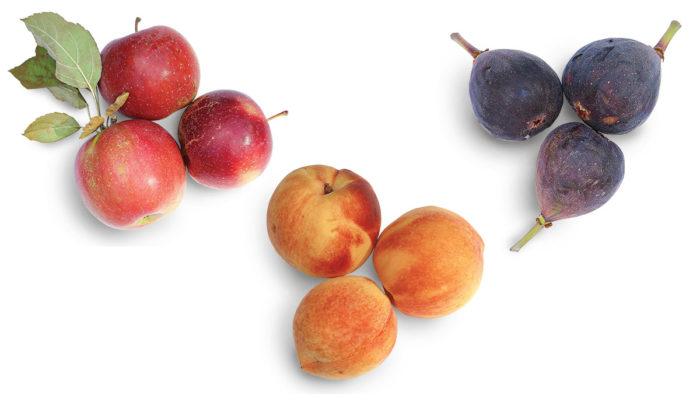
Growing your own orchard fruits in the backyard is extremely rewarding and gives you an empowering sense of resiliency. It reduces your carbon footprint (that luscious peach you’re biting into was not just transported 500 miles) and your grocery bills. Homegrown fruit is far more delicious than what you find in a store, and you can rest assured that it is safe to eat. But if you’re concerned the term “orchard fruit” implies that you need acres to produce the variety and quantity of fruit you’d like, think again.
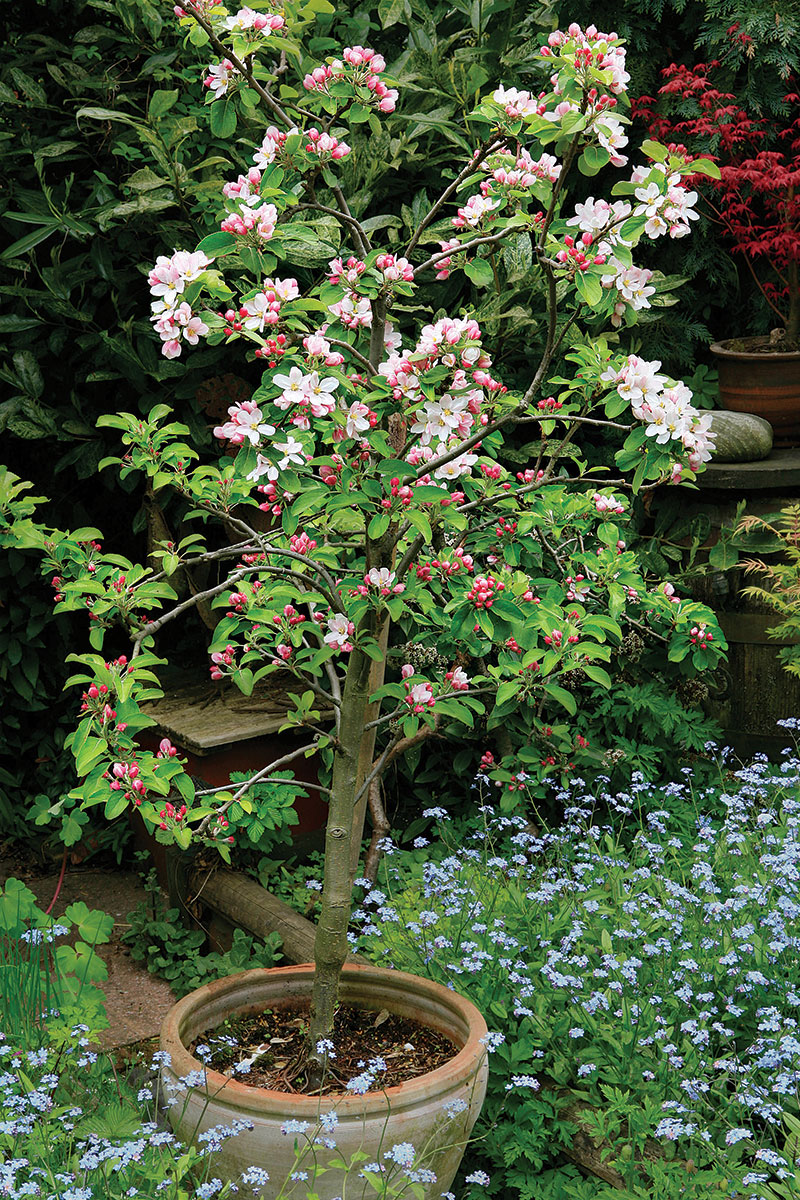
Fruit tree breeders have opened up a world of possibilities for gardeners by offering naturally dwarfing fruit tree varieties and by developing dwarfing and semi-dwarfing rootstocks on which any varietal can be grafted. These advances make it possible for even the smallest garden to grow abundant fruit. Apart from being able to squeeze more fruit trees into a smaller space, compact fruit trees make the gardener’s life easier. Maintaining a tree’s height at eye level or at least within arm’s reach makes it easier to monitor, troubleshoot, spray, thin, prune, and protect the tree from birds (or other critters) as the anticipated crop ripens. And harvesting is safer, since neither tree-climbing skills nor ladders are needed to reach fruit on the topmost branches. Having grown and maintained a dozen big, 75-year-old, standard-size apple and pear trees in my garden in Ireland and an equal number of semi-dwarf fruit trees pruned to a manageable height in my Northern California garden, I can happily report that when it comes to growing fruit trees, keeping them compact makes a gardener’s life better.
Get to know the ins and outs of rootstocks
Almost every fruit tree you buy is actually two (or more) varieties joined or grafted together. The upper part of the tree (scion) produces the fruit we’re familiar with—the ‘Granny Smith’ apple, the ‘Bartlett’ pear, the ‘Elberta’ peach—and it’s grafted onto the rootstock (much of it underground) of the second variety. The rootstock deter mines the ultimate size of the tree, its pest and disease resistance, and what conditions it is adaptable to (think cold hardiness, heat resistance, and soil-type tolerance). When buying fruit trees, look for a label with the type of rootstock described by a name or code, such as M27, and a general overview of what to expect from that rootstock (example: “semi-dwarfing, hardy to Zone 4”).
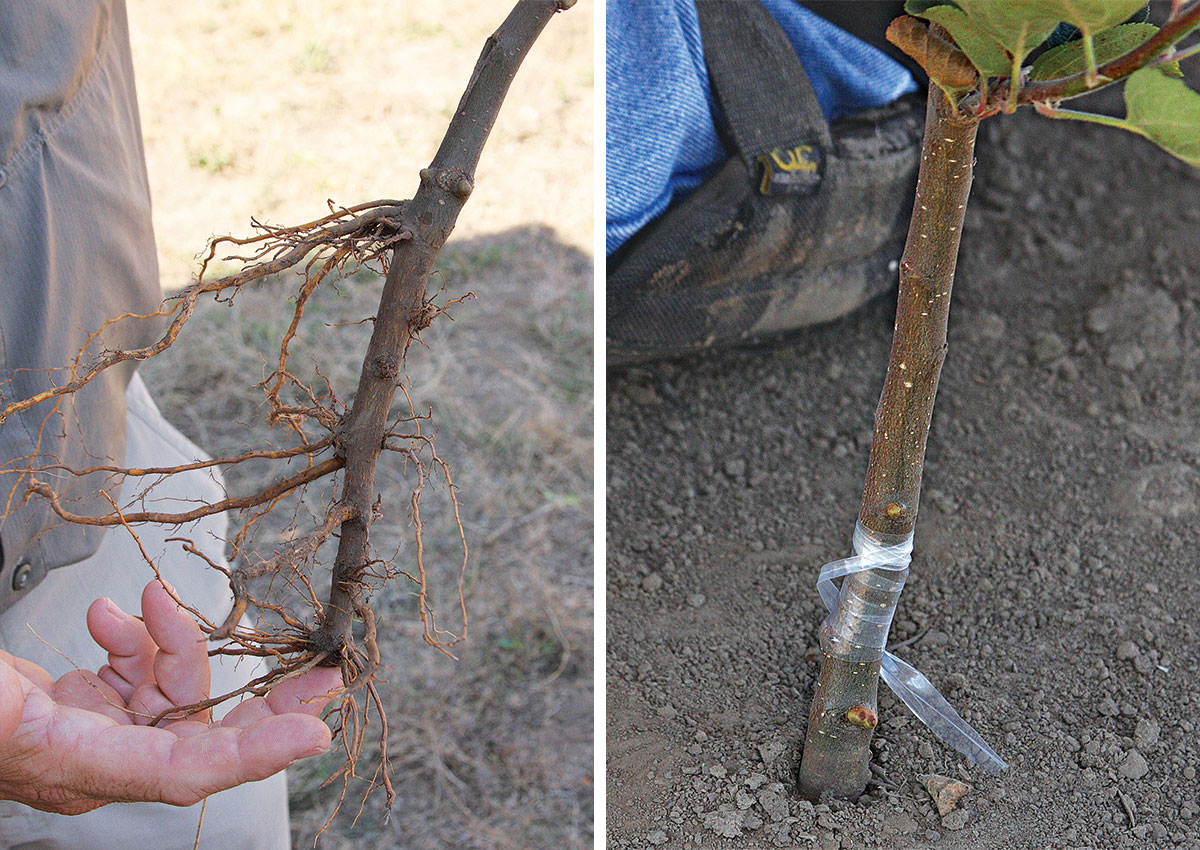
Rootstocks are most often categorized by their ability to determine tree size. Standard rootstocks produce the largest trees, reaching 35 feet tall. Semi-dwarfing rootstocks produce trees 16 to 30 feet tall. Dwarfing rootstocks produce the smallest trees, ranging from 5 to 12 feet tall. Although dwarfing rootstocks create the smallest trees, suitable even for containers, there are drawbacks.
A true dwarfing rootstock such as M27 ensures that your apple tree remains under 6 feet tall with no extra pruning, plus it promotes early fruiting. But it also means your tree will have a shallow root system and therefore no drought tolerance, so the soil will need to be kept evenly moist at all times. Staking or anchoring is also needed to prevent toppling, and as M27 rootstock is susceptible to mildew and fire blight, regular monitoring and treating of your dwarf tree for fungal problems is vital.
The more recently developed, harder to find G65 rootstock is not as dwarfing as the better-known M27, but it keeps the tree under 8 feet and offers greater disease resistance. However, it’s also shallow rooted, so staking and regular irrigation are necessary for maintaining its health. Bottom line: Know what rootstock your tree has so you’ll understand its needs in advance.
Explore the various tree-siting options
Just because a fruit tree is considered “dwarf” doesn’t mean it will stay tiny and compact its whole life. With proper siting and pruning, however, you can keep the growth of your trees manageable. When it comes to planting, you have a few options. You can plant them singly in the garden as you would any other trees. But their reduced footprint also makes them good candidates for espalier, hedgerows, or for putting in pots.
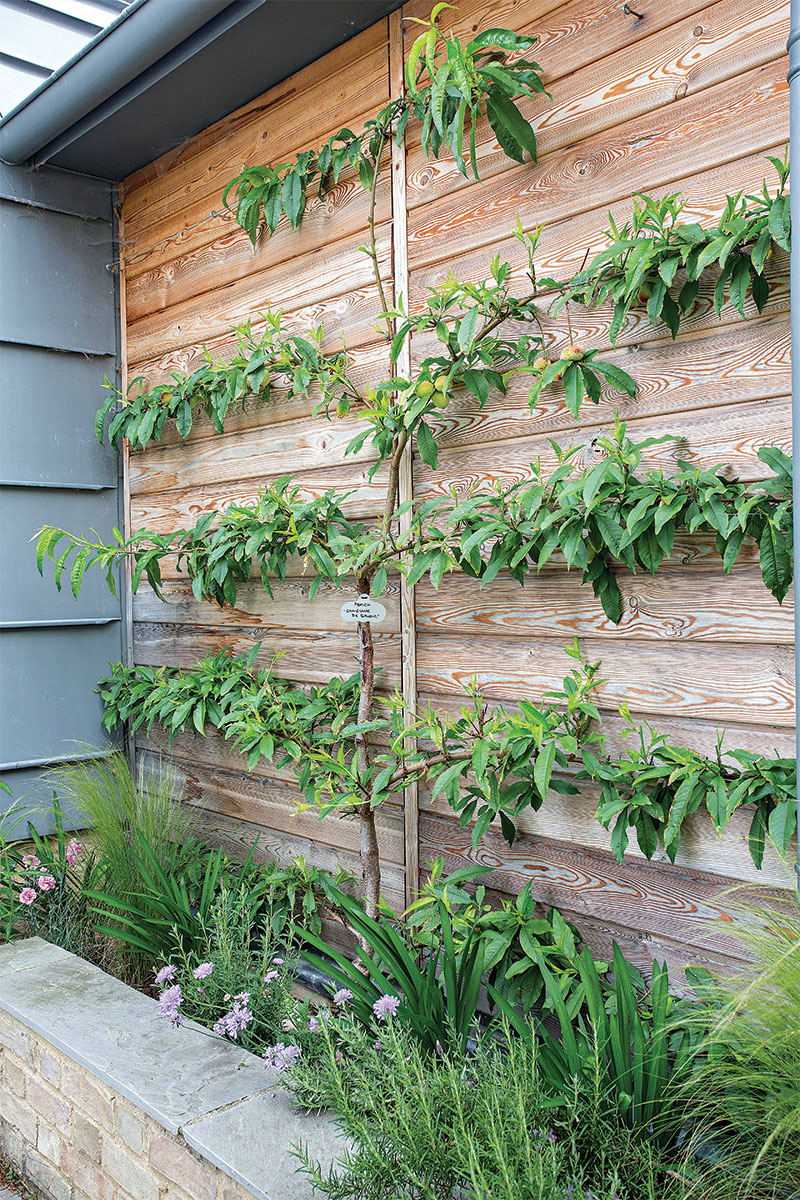
Creating a two-dimensional fruit tree using the ancient art of espaliering is one way to promote maximum fruit production in the smallest amount of space. All that’s needed is a sunny strip of rich, well-drained soil (against a wall or fence works well) and the intention to stay on top of the pruning needed to keep your beautiful espalier within bounds.
Hedgerow planting is another fantastic way to guarantee a whole lot of fruit from a relatively small area. This involves placing the dwarf trees in rows but spacing them close together. Make sure their placement doesn’t block air circulation and light from nearby plantings, however, and if you would like to plant more than one type of tree together, only do so if they all have similar conditional needs. This means your trees must have the same moisture, fertilizer, and maintenance requirements and all grow at a similar rate so that one won’t dominate or shade the others. Having the same rootstock is also key. In a hedgerow, 12 trees can sometimes be planted 3 feet apart in a hedge-like fashion in one strip. With trees planted so close, growth will be somewhat curtailed, but it’s still important to monitor for potential domination concerns and to keep all of your trees in bounds with diligent winter and summer pruning.
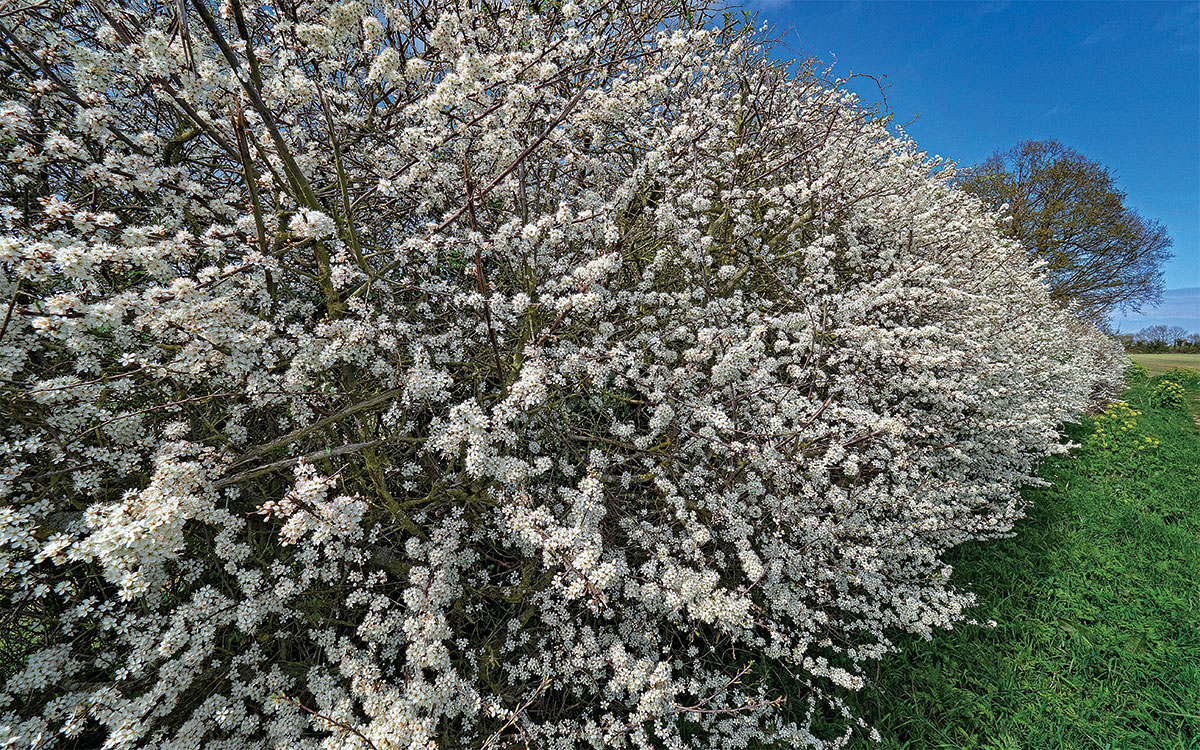
Containers are also an option, but only trees on true dwarfing rootstocks are candidates for this placement. If you grow your fruit trees in pots, keep them consistently moist (drip irrigation is ideal), and be sure that they are staked or tethered to avoid toppling.
More about growing fruit trees
7 Easy Fruit Trees to Grow Right in Your Own Backyard
How to Prune Dwarf Fruit Trees
Great Citrus for Growing Indoors
Fionuala Campion is the owner and manager of Cottage Gardens of Petaluma in Petaluma, California.
Illustration: Lyn Alice







Comments
Log in or create an account to post a comment.
Sign up Log in